Cleaning the chain on your bike is a key part of reducing wear, improving performance and showing love to your bike.
It's particularly important through the wetter, colder months when bicycle chains are likely to get mucky and covered in corrosive salt and metal-grinding grit from the road.
Cleaning your chain and reducing chain wear will ultimately save you money because you'll have to replace your chain less often.
With all this in mind, read on for our guide to cleaning bicycle chains in eight easy steps, which likely contains more information than you bargained for.
The easiest way to clean a bicycle chain

If you don't want to go to all the trouble of deep-cleaning your chain, cleaning it on the bike fairly quickly is certainly possible.
Here's a step-by-step guide to degreasing, cleaning and lubricating your chain on the bike.
- If your bike is disc-brake equipped, you should think about covering your disc rotor or removing your wheel. If you're not going to cover it, make sure you apply degreaser as far away from it as possible – where the chain meets the chainring underneath the driveside chainstay. Alternatively, you can use a chain-cleaning device or remove the wheel and use a chain keeper (more on these shortly).
- Spray a dedicated chain degreaser on the chain, back-pedalling to coat the entirety of the component. If using a chain-cleaning device, pour degreaser in until it reaches the fill line.
- Rub the degreaser into the chain with a brush or rag. It's best to use an old rag or brush specifically for the drivetrain and have a clean rag to use on the rest of the bike, to avoid getting black marks over your sparkling machine.
- Wait five minutes, or however long the manufacturer recommends, before washing the degreaser off. In that time, you could clean the rest of the bike.
- Wash off degreaser using water.
- Wipe the chain with a rag or cloth until it is no longer black. If your chain is particularly dirty, you may need to repeat the degreasing process.
- Once there is no more black residue coming off the chain, dry it. You can use a dry cloth or rag for this, or if you're lucky enough to own one, an air compressor. Don’t leave the chain overnight to prevent rust build-up.
- Lubricate the chain. We'd recommend a drip-on lube rather than a spray-on one. Firstly, this is to avoid getting lubricant on the disc brake rotor or caliper (if applicable). Also, by dripping the lubricant on one drop on each link, it gives you an opportunity to inspect the chain and will help you catch any issues, such as if there is a tight link or mis-pressed rivet. You can read our in-depth guide to lubricating your chain for further detail.
Why should I clean my bicycle chain?
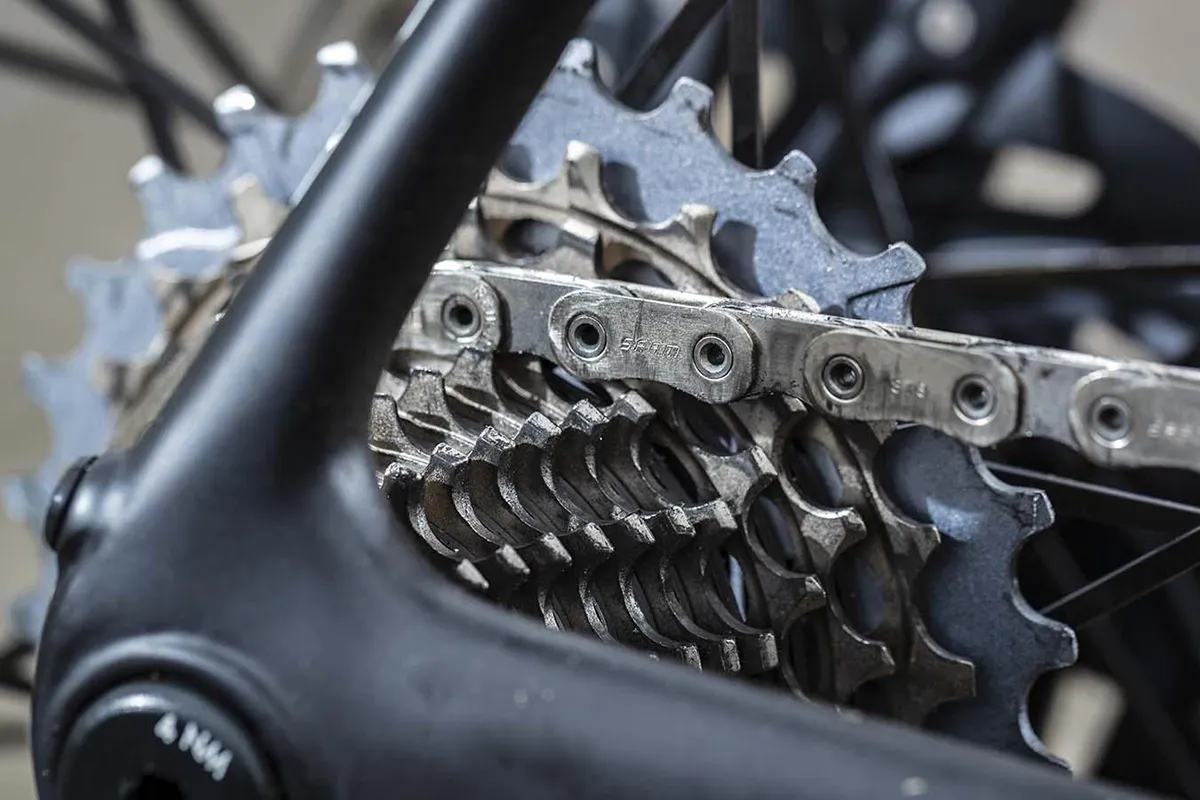
Jason Smith, of independent testing facility Friction Facts, confirms there's a measurable amount of efficiency lost from a dirty chain.
"The numbers can vary based on the ‘dirtiness’ of the chain, but on average, testing shows a dirty road chain can decrease efficiency by about 3 to 5 watts (at 250-watt rider output) – about 1 to 2 per cent of power loss," he says.
"For example, say a properly cleaned and lubed chain consumes about 7 watts. The light road grit kicked up from a couple of 'clean' road rides can cost an additional 3 watts of frictional losses."
Smith explains that number increases with the grit: “Riding on several road rides without cleaning or relubing can cost about 5 watts of losses. In extreme cases (MTB or cyclocross for example), we’ve seen a muddy chain add 12 watts of losses over baseline.
“When a chain is not properly cleaned and lubed, friction levels increase at the sliding surfaces of each chain link. At 95rpm with a 53t front ring, 40,280 chain link articulations occur every minute [an articulation is a link bending into or out of a ring, cog or pulley] as the chain snakes through the drivetrain.
"Because of the high number of links constantly articulating, it is crucial to make sure the friction is minimised within the links."
Many riders make the mistake of not degreasing their chains, prior to lubrication. If you lube a dirty chain, it will only continue to attract more contaminants and not be of particular benefit.
You also run the risk of having a 'chain tat' if your leg comes into contact with a dirty chain on a ride. However, it's better to lube a grease-covered chain prior to a ride than do nothing at all.
Chain-cleaning devices and keepers
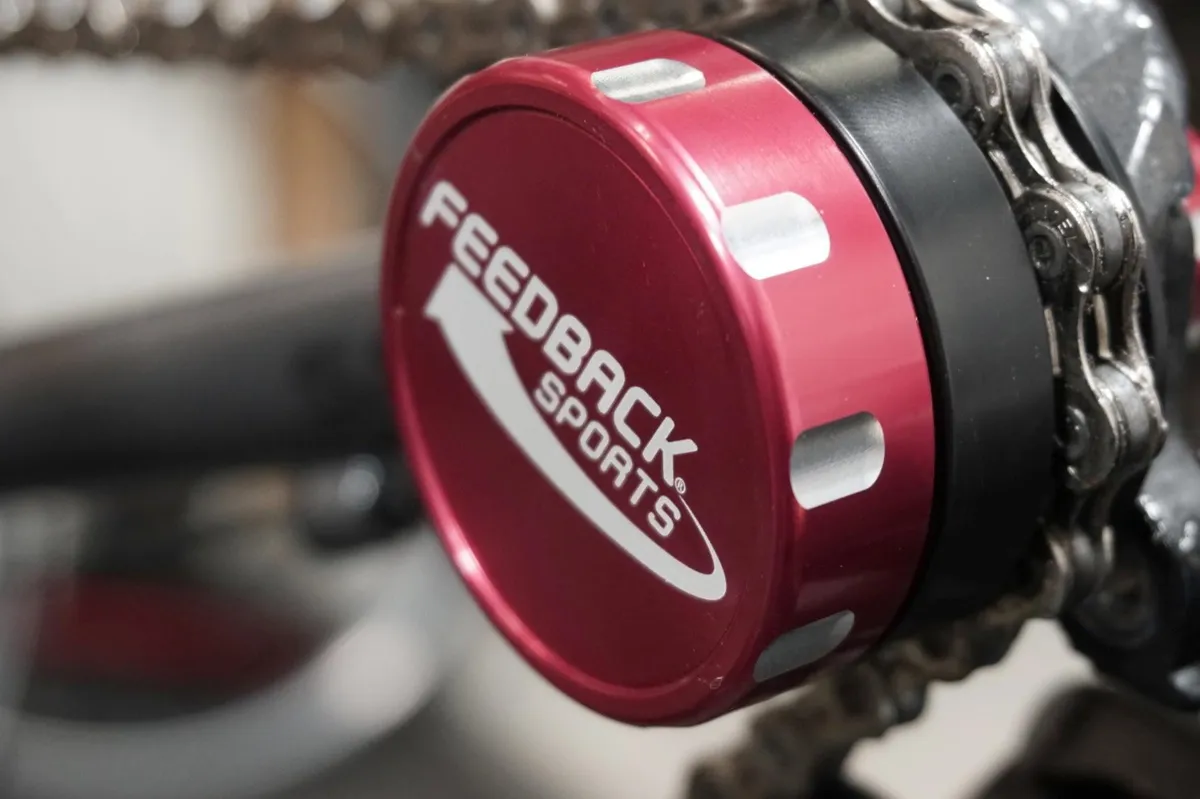
The majority of bicycle maintenance product brands, including Park Tool and Muc-Off, recommend the use of a chain-cleaning device.
Here, the device includes rotating brushes that work the degreaser through the chain in a controlled manner as it is back-pedalled past. Experience shows they're all pretty similar in function, and build quality is all that really separates them.
Jones takes it a step further and recommends the use of a ‘dummy hub’ (aka chain keeper) in place of the rear cogs.
This is done specifically to avoid running degreaser through your freehub and rear-hub bearings, and is common practice among WorldTour race mechanics too.
Another benefit is easy access to the derailleur pulley wheels, a notorious spot for gunk to build up. You'll want to buy the correct chain keeper for your bike's axle standard.
“After using a chain scrubber, with a degreaser, follow up with a second wash of warm soapy water. Using two different solvents flushes out any grit that is left,” suggests Jones.
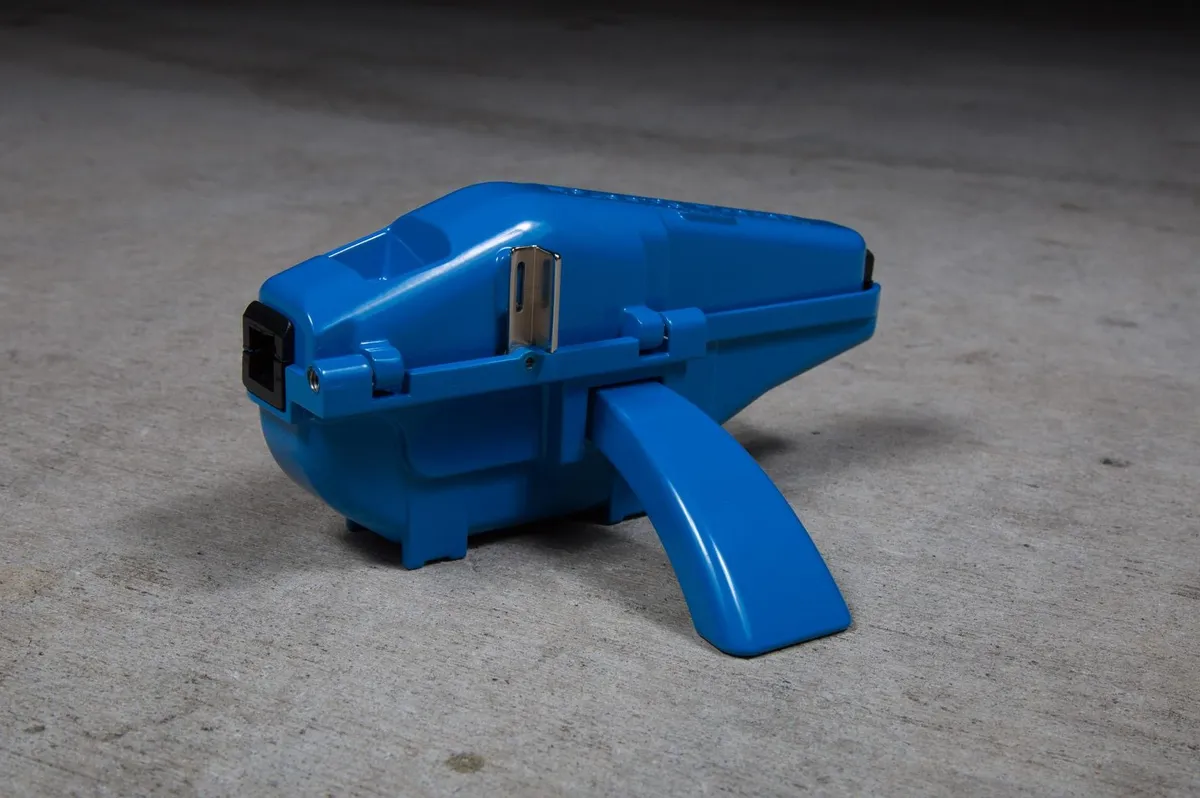
Smith agrees with Jones and Sampson that using a chain-cleaning device is the best answer if the chain must stay on. However, he warns of potential problems when doing so: “First, the chain cannot be submerged in cleaning fluid.”
Chain tension is another factor to be aware of, continues Smith: “Even though the tension is light [created by the rear derailleur cage spring], the positive tension does not allow the chain to go slack. A slacked chain opens up the sliding surfaces and allows cleaner to flow through the internals more freely than a tensed chain.”
Whether you use a stiff-bristled brush, a chain-cleaning device or the ugly sweater you got for Christmas, it’s best to do it outside. Chain cleaning is a dirty task and doing it over carpet or indoor floors isn’t advised.
Jones also warns against using harmful degreasers, stating you shouldn’t use diesel, benzene, gasoline or acetone. There are plenty of safer and healthier options that will get your chain suitably clean.

And don’t be tempted to use a power washer as a chain cleaner “unless you are ready to overhaul the bike at the same time,” cautions Jones – because these can strip the grease from your bearings if you point them in the wrong direction.
Should I take my chain off my bike to clean it?
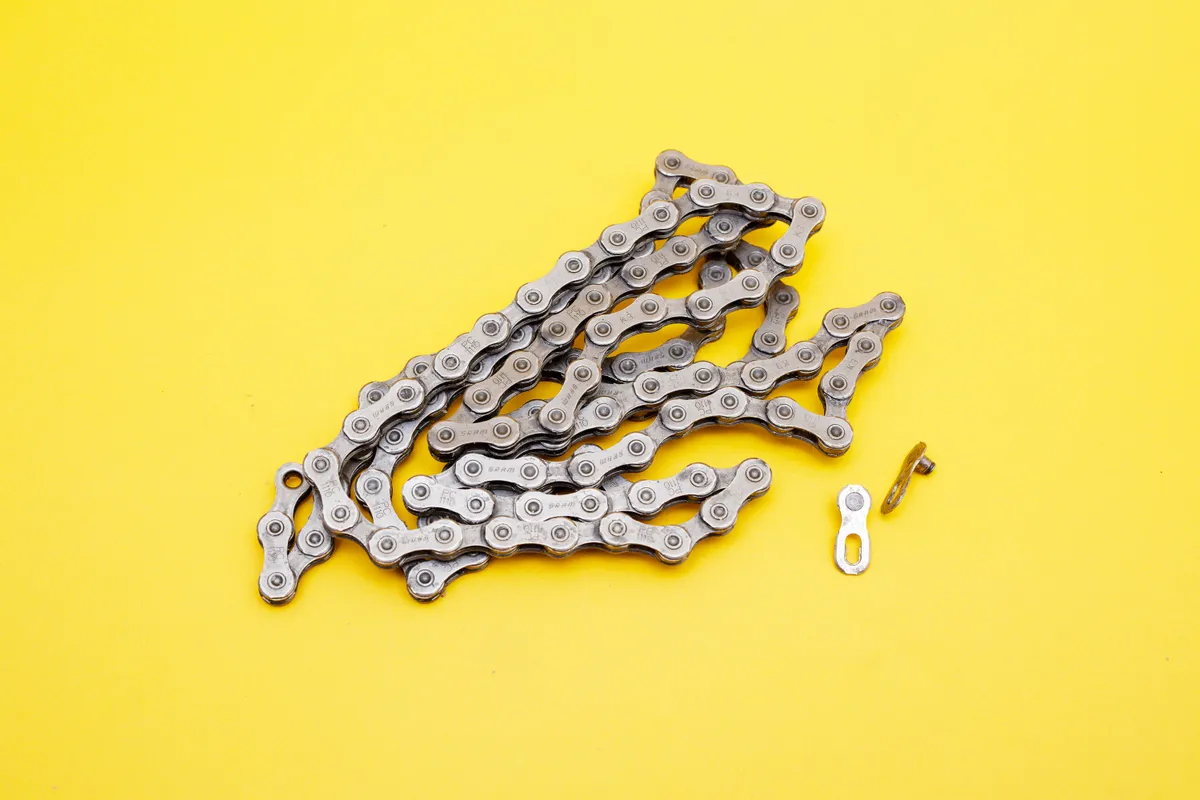
Everyone has a slightly different view on whether the chain should be on or off the bike for a thorough cleaning.
Removing a chain from the bike and shaking it in a jar of degreaser used to be common practice, but not so much anymore. With chains becoming more precise as further gears are added to modern drivetrains, our techniques for cleaning have had to adapt.
If your chain uses a joining pin to connect, rather than a quick-link, they are typically designed to go on once and then be removed only when worn out.
Calvin Jones of Park Tool expands on this, saying “if the chain has a 'connection rivet', you invite creating a weak link every time you remove and install a new connection rivet. Even a master link is best left alone.
“The better master links… 'click' into place, and taking it off and on and off and on removes this feature. Again, you are creating a weak link."
If your chain uses a reusable quick-link to install, you're welcome to remove your chain for cleaning and not worry about creating a potentially weaker link.
For those with (officially) non-reusable links, Shimano, SRAM and Campagnolo all recommend using a brand-new quick-link every time a chain is installed.
However, many riders re-use non-reusable quick-links with success, despite brands insisting against it. We have a detailed guide on quick-links that delves further into the topic.
How to clean a chain off the bike

If you have a reusable quick-link in your chain and don’t need to touch that chain-breaking tool, you’re in the minority, but this means you can take that chain off and run it through a degreasing bath.
Jason Smith is all for cleaning chains off the bike. “We recommend removing the chain to properly clean it. A quick-link such as the Wippermann Connex Link facilitates easy removal. The most effective method of cleaning is by placing the chain in a simple and inexpensive ultrasonic machine.
“The ultrasonic agitation does a great job of removing dirt and grit from the internals of the links. If an ultrasonic cleaner is not available, the chain can be placed in a sealed container with cleaner and shaken vigorously,” Smith suggests.
In our experience, an ultrasonic cleaner has proven effective at getting the chain clean and, most importantly, getting the stubborn grit out of the rollers. However, doing this on a filthy chain takes several five-minute cycles (or longer) before the chain is spotless.
If you don't have time for this, scrubbing down the chain will get almost the same results as the ultrasonic cleaner and you can have it back on the bike far quicker.
If you want to speed up the process of using the ultrasonic cleaner, scrub the chain with a stiff-bristled brush to bring back the exterior sparkle, then run it through the ultrasonic cleaner. Once done, rinse it with water and then air dry with compressed air. You will then have a truly sparkling fresh chain.
Whatever you do, don't leave your chain to soak for an extended period of time (days). There are some horror stories out there about degreaser corroding metal and causing surface cracks.
Can a chain be too clean?
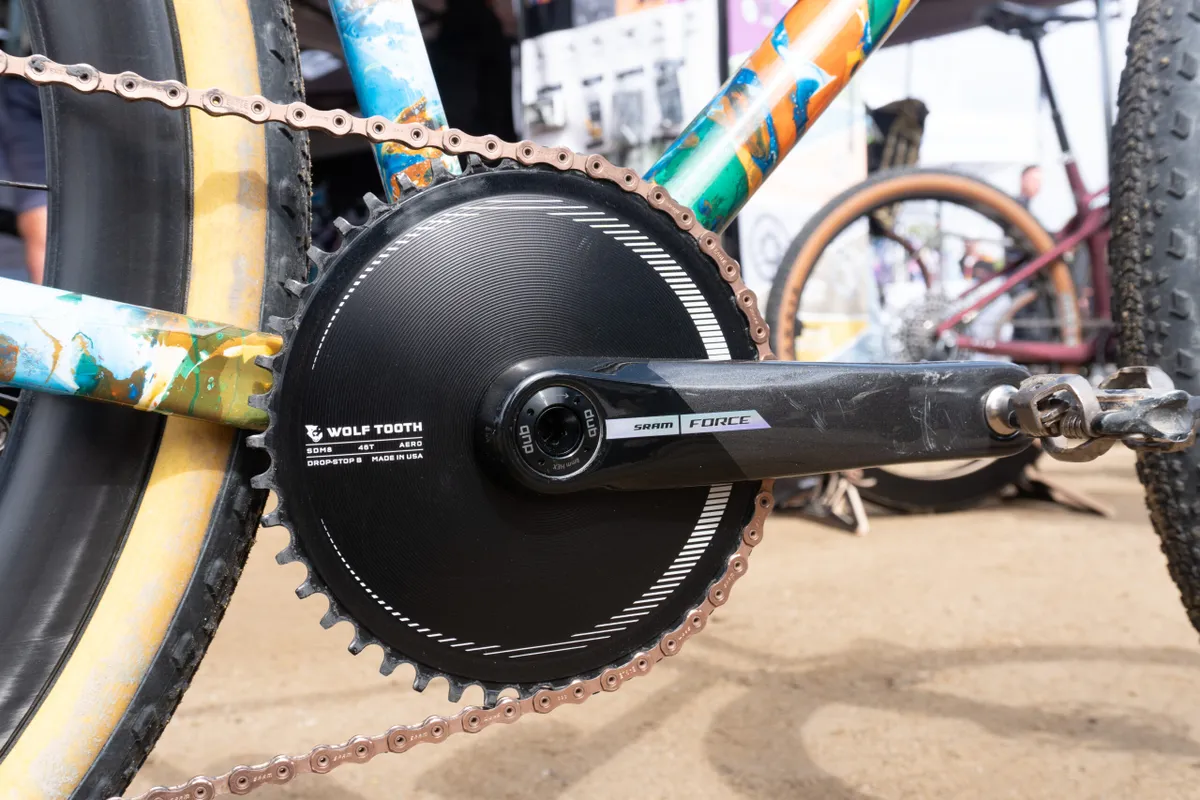
Some people believe cleaning a chain too much removes hard-to-replace factory grease from within the rollers. While it is important to ensure a chain is correctly lubricated, there’s little risk of a chain being too clean.
“We don’t feel a chain can ever be too clean, as long as it’s properly lubed after cleaning,” reports Smith. “In fact, when Friction Facts was in the business of treating chains [the UltraFast Optimization process acquired by CeramicSpeed] we stripped the chain completely using heavy solvents. The goal was to achieve a bare metal surface, prior to the lubrication treatment."
We asked Jones the same question, to which his reply was simply: “No, but at some point, you are cleaning just for the fun of it.”
Once the chain is clean, Smith warns not to wait too long after cleaning before applying lube: “This minimises oxidation of a dry chain.”
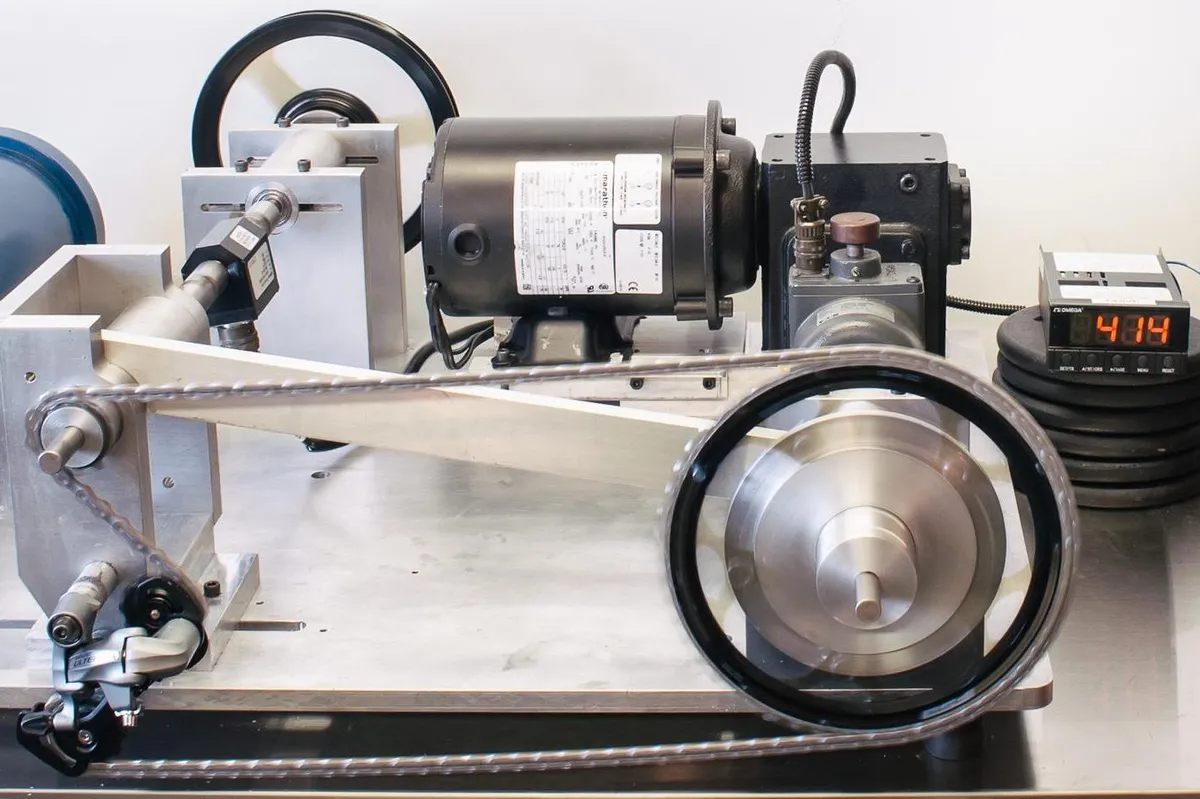
So what about the lube itself? Are factory-applied ones superior?
“We’ve debunked the claim that aftermarket lubes can’t get as deep into the chain as factory-applied lubes,” says Smith. “Based on the friction decay seen during testing, it takes one minute or less for a drip lube to fully penetrate the internals of a rotating chain.”
Smith says he’s done many tests on chains with factory lubes and aftermarket ones: “Some factory lubes are faster than other factory lubes, and we’ve even seen a 5-watt swing between the fastest and slowest aftermarket lubes. However, in no case have we ever seen a factory lube outperform the fastest aftermarket lubes.”
Alright, so it’s clean. Now what
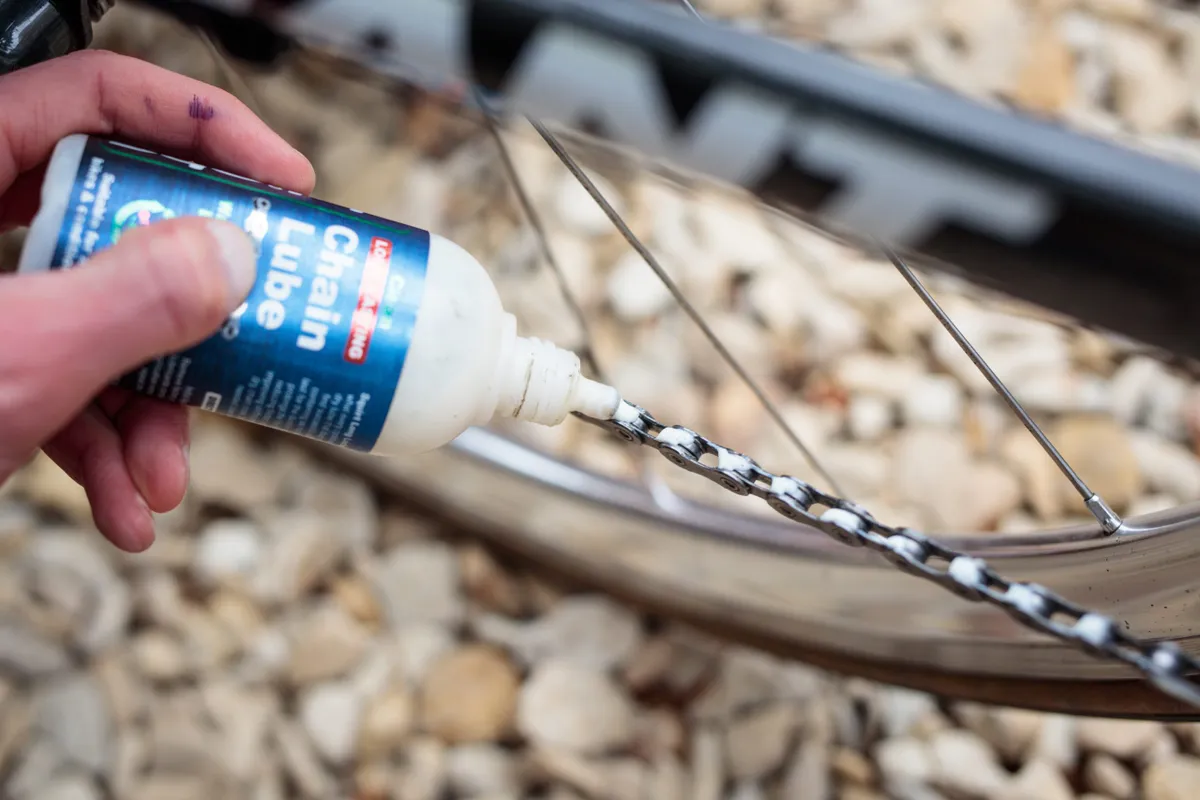
“Part of the total cleaning process is re-lubing. Choosing a high-efficiency chain lube is the easiest and least expensive way to decrease friction in a drivetrain,” says Smith.
For more on how to lube your chain, check out our in-depth guide to the best chain lube, which includes recommendations from the BikeRadar team.
Some products claim to be an all-in-one cleaner and lube, but we've found these to be too thin for proper lubrication over longer rides. However, the practice is the same with any lube – wipe off the excess.
Smith agrees with such practice, stating that it’s better to lube over a dirty chain than not lube at all.
“At a minimum, a rider should re-lube the chain prior to every ride, even if they are re-lubing over a dirty chain. For efficiency, it’s better to re-lube over a dirty chain than do nothing at all,” suggests Smith.
If you follow up this advice with running the chain through a clean rag, you’ll likely stay on top of many dirty-chain woes.
Prevention is perhaps the best thing in order to be lazy. Jones suggests: “First, use less oil as you lubricate. Don't soak a chain in lube. Use a drip lube and put a drop along each joint, each link across the roller. Hosing your chain with spray certainly gets lube there as well, but it also gets it all over side plates, making the chain a dirt collector.
“It takes more time to lube each and every rivet but it also lets you inspect each one, and that will help you catch that 'weak link' of a burred, bowed or bent side plate, a mis-pressed rivet and a tight link,” Jones adds.
The laziest way to clean a filthy chain is just to replace it. Here, Jones offers the simple advice to measure for chain wear before each cleaning – there's no point wasting time on a worn chain.
Once a chain is showing signs of wear, we pull the old cassette and cranks off the bike and give them a proper cleaning in a parts washer. This provides a nice welcome for a fresh chain.
Should I wax my chain?
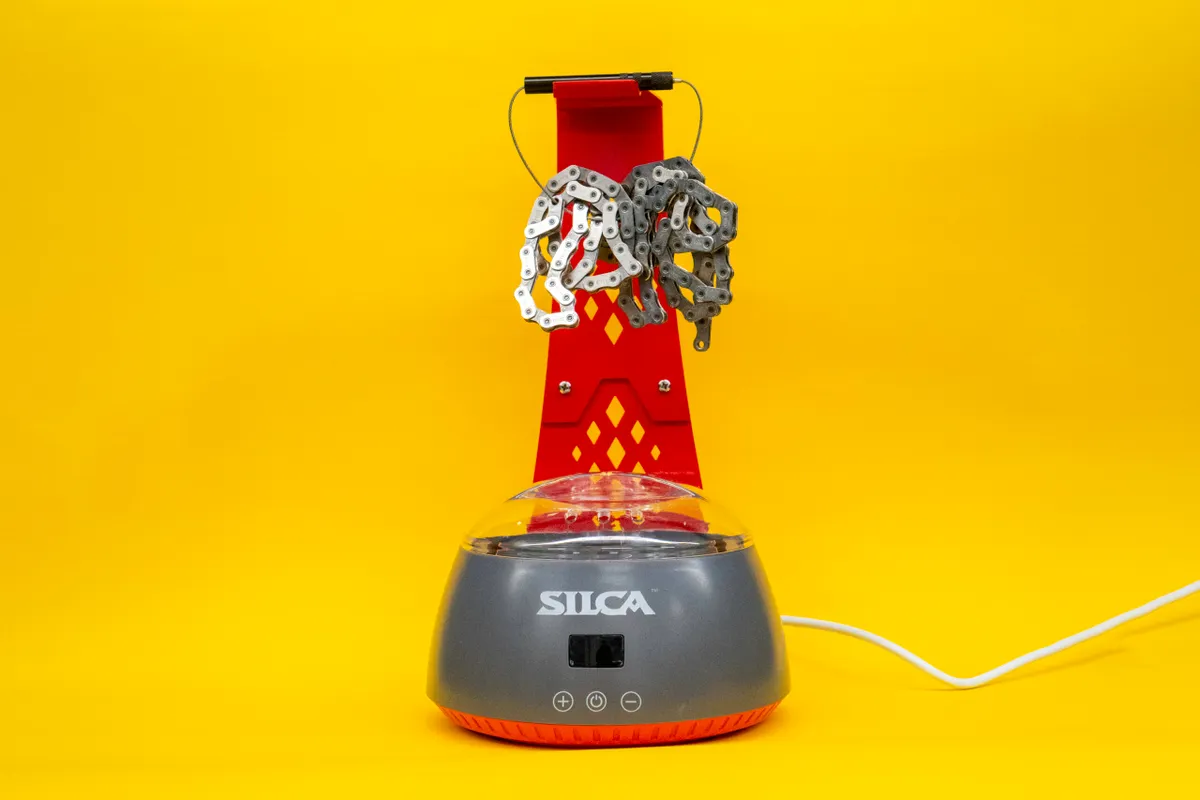
Immersion chain waxing is another option for the most fastidious of riders. It involves fully submerging a chain in a pot of melted wax.
A waxed chain does a great job of resisting wear-increasing contaminants and it results in one of the most efficient solutions. However, there's typically a fair amount of work involved in immersion waxing a chain. For this reason, it's even a contentious technique among Tour de France mechanics, who are always after watt-saving hacks.
Senior technical writer Simon von Bromley has written a full step-by-step guide to the process.
What about the rest of my bike?
Your chain is one of the most important parts of your bike to keep dirt-free, but if your bike is in need of some further TLC, check out our guide to cleaning your bike.





